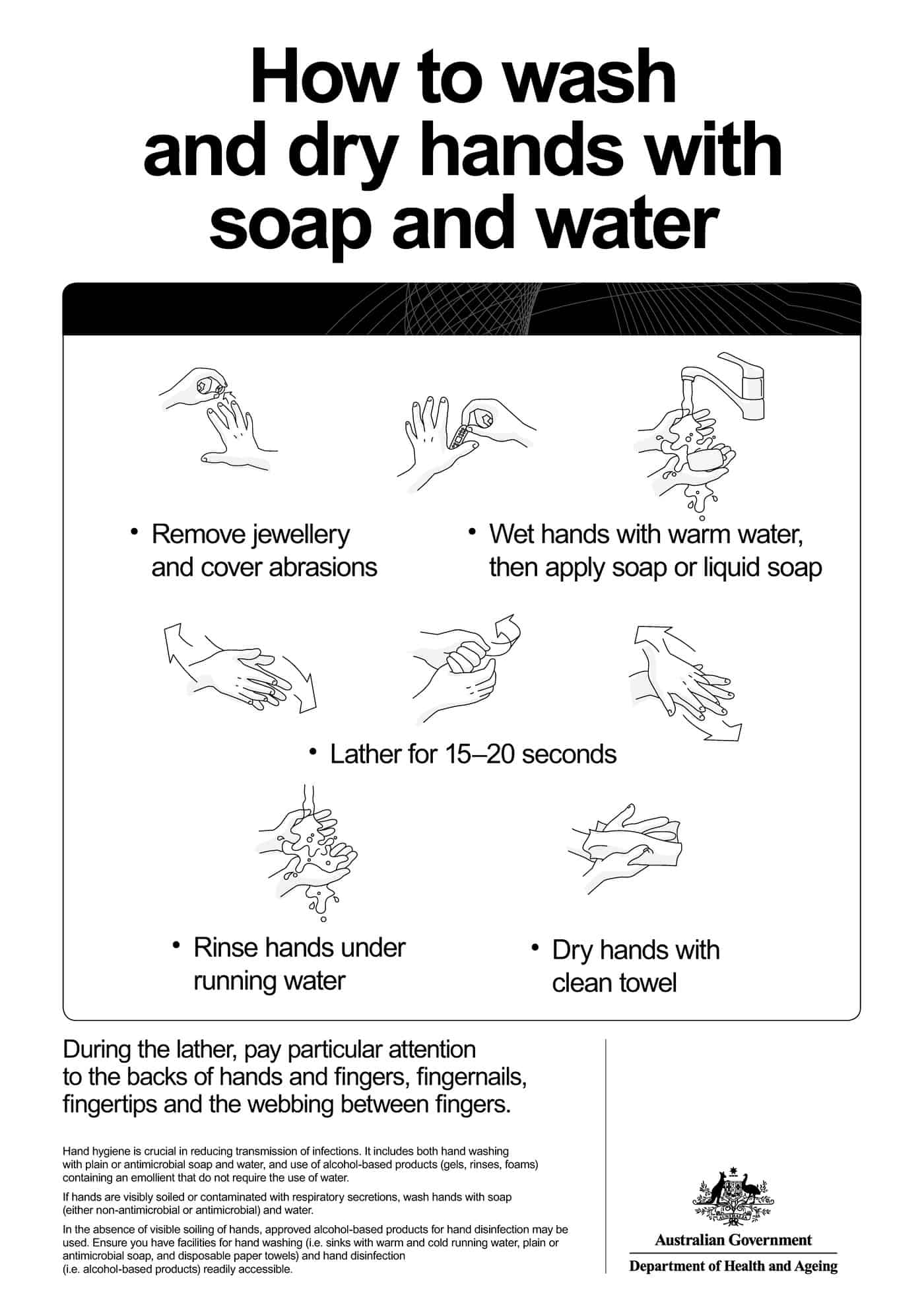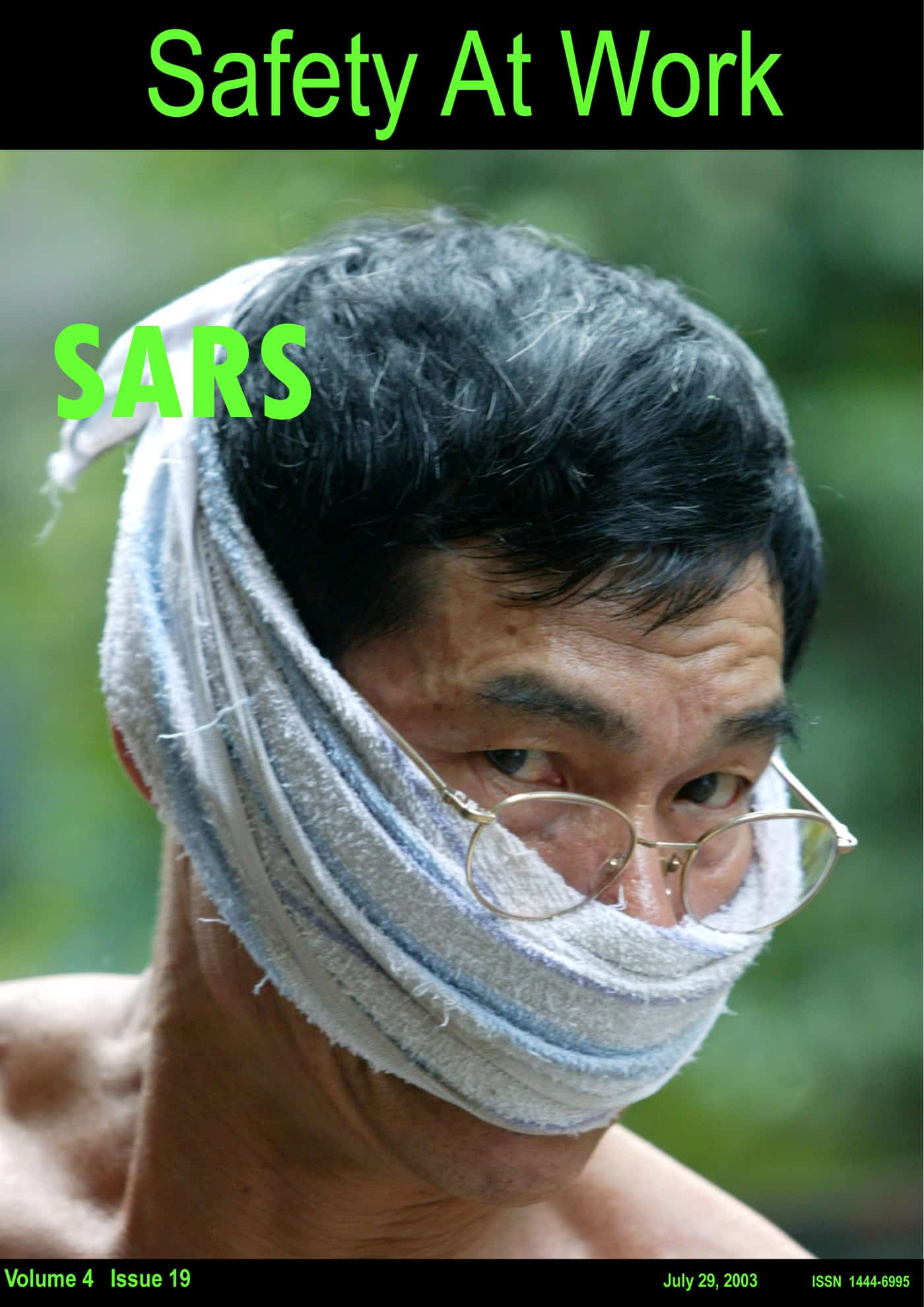There is a big push for occupational safety and health decisions to be made on evidence. OHS academics in Australia are particularly big on this and there is considerable validity in the lobbying but as academics can have a vested interest in research, the calls are often dismissed.
There is also, around the world, a questioning of the value and validity of the risk assessment process related to workplace safety. In Europe, in particular, the business groups see risk assessment as a major unnecessary business cost (but then again, how many businesses even perform OHS risk assessments?). Risk assessment has often been criticised because of its subjectivity. In some circumstances, risk assessment may perpetuate workplace and safety myths.
In the absence of evidence, myths fill the gap. Sometimes assessments, investigations, estimates and FOAFs (friend of a friend) add to the tenuous credibility of those myths.
Peter Sandman has talked about dispelling myths through risk communication. One myth he discusses, the risks of flu vaccinations, is also touched on in an interview with Dr Aaron E. Carroll of the Indiana University School of Medicine on the ABC’s Life Matters program.
OHS professionals must seek evidence on workplace hazards so that their advice is sound but equally, myths must be countered. The links in the paragraph above, along with the excellent website, www.snopes.com, can provide some assistance in how we can reduce the transmission of myths.
I am a big advocate of the “contrary”. Only by asking questions about established beliefs and tenets can the flaws in our decision-making be illustrated. Sometimes this is dismissed as being a “Devil’s Advocate” but the process does not advocate bad behaviours, it questions the basis for established behaviours – a process that many people, organisations AND business find enormously threatening.
As we get older or become socialised, we tend to forget the tale most of us heard as a child, The Emperor’s New Clothes. This tale should be read regularly to remind us of how the contrary position, the quizzical, can be constructive and sometimes, revolutionary (even though in the tale the Emperor ignores the child’s spoken truth) but still provide evidence.



